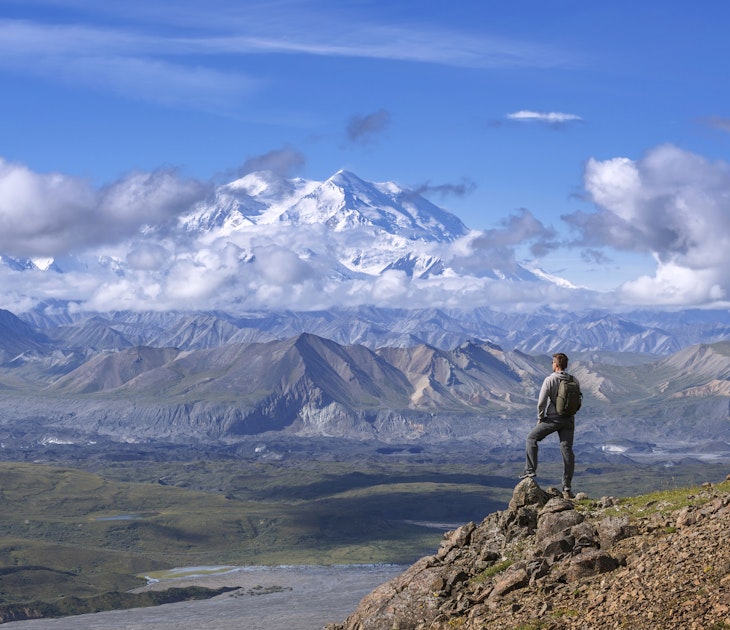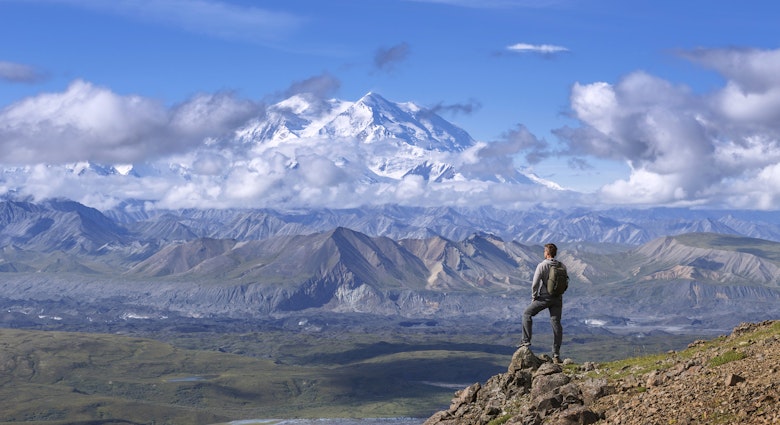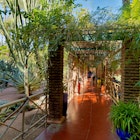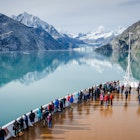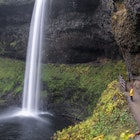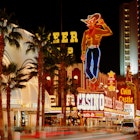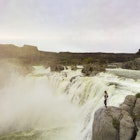Famed for its luxury resorts, outstanding beaches and effervescent nightlife, Los Cabos is a Mexican vacation destination made for decadence. El Arco, the key natural landmark in party town Cabo San Lucas, always draws a crowd – but there’s so much more for curious travellers to explore.
Travel writer Emma Sparks goes beyond the arch to find outdoor adventures, rich history and a wealth of natural wonders.

El Arco: where the adventure begins
Standup paddleboarding along a picturesque Mexican coastline – how hard can it be? The answer: tougher than it looks, particularly when the waves are coming thick and fast, jagged rocks lurk in your peripheral vision and you’re being watched by an unexpected audience of booze cruisers. ‘Say cheese!’ cajoles my guide with a smile. I drop to my knees, quads wobbling, and try to look like a pro as Sergio takes a quick snap from his enviably stable kayak. Believe it or not, the crowds aren’t here for my (vastly inferior) swimwear modeling skills – they’re here for the icon behind me: El Arco.
The Arch of Cabo San Lucas sits at the southernmost tip of Mexico’s Baja California Peninsula, a 1200km stretch of cacti-peppered deserts and craggy mountains flanked by the Pacific Ocean and the Sea of Cortez – dubbed ‘the world’s aquarium’ by Jacques Cousteau. It’s here at Land’s End that the two oceans are said to meet – a romantic and convenient notion designed to entice travelers like me, who can kayak, SUP or sail to the arch for an up-close look at the imposing granite formation, or lounge on the adjacent beaches. The 30-minute paddle from Playa Empacadora to the arch is pleasant – the water is calm for the most part – and snorkeling opportunities abound. If you’re lucky, you might even spot the resident sea lions and pelicans frolicking on the rocks.
This is a classic ‘must-see’ attraction: incredibly beautiful, and undeniably busy – even in low season. Luckily, if you want lesser-known sights and local culture, there are myriad ways to get off the beaten track.
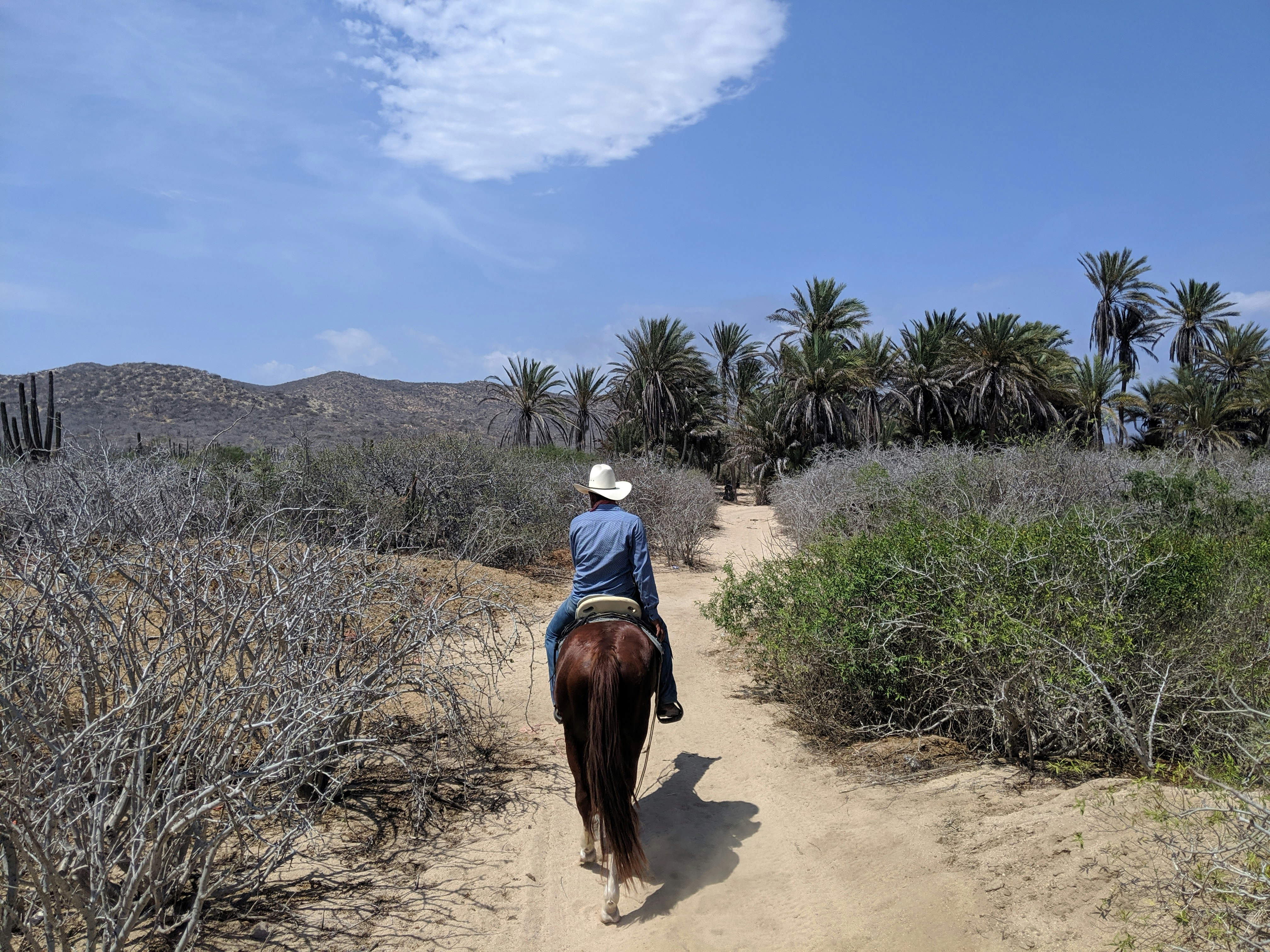
Explore the wildlife and nature without crowds
60 miles northeast of the tourist corridor’s luxury resorts and bustling nightlife lies the sleepy village of Cabo Pulmo and its Unesco-listed marine park. Efforts to protect and revitalize the reef after decades of overfishing have seen much success, and (restricted numbers of) keen divers come here to spot some of the Sea of Cortez’ 6000 species; eels, rays, bull and hammerhead sharks, sea turtles, schools of jack and countless tropical fish find sanctuary in these waters – and winter brings with it the chance to spot humpback whales and whale sharks.
Inland, where the semi-arid land looks almost barren, wildlife is also remarkably abundant. Keep your eyes on the desertscape long enough and you’ll glimpse caracara falcons, scarlet-feathered cardinals, Mexican ground squirrels, wild donkeys, jack rabbits and road runners to name a few (yes, elusive coyotes live here too). The cacti are plentiful and cartoonishly large – centuries worth of green flesh and thorns sprout up from dusty soil in the form of the ubiquitous cardón cactus. The flora and fauna here thrives thanks to freshwater aquifers, palm-fringed oases and waterfalls fed by the Sierra la Laguna mountain range, which looms ever-present on the horizon.
The region’s winding dirt tracks are best explored by jeep – and hiring a guide to take you to the best off-road spots is a smart move. Maury, my High Tide excursion leader exudes genuine, infectious enthusiasm for Los Cabos and the entire Baja California Peninsula – and I soon see why. Our first stop is Santa Rita Hot Springs on the outskirts of Santiago, where natural thermal pools soothe my sore post-paddleboarding shoulders.
Next, a short and steep hike down Fox Canyon – led by a friendly Xolo pup (a hairless Mexican dog breed) from nearby Sol de Mayo Ranch – rewards us with a dreamy waterfall and cool, inviting waters, where the fish enforce free pedicures if you have the audacity to stay still for too long. These watering holes are a world removed from the crowds of Cabo, but they’re not a total secret – get here early to enjoy them in peace.
Want to up the adrenaline? Los Cabos is primed for all kinds of adventures: surfing for all abilities, horse riding, stargazing, ATV tours or even bungees. For a uniquely Los Cabos experience, join a multi-day hike through the Unesco-listed Sierra la Laguna Biosphere Reserve to see cacti give way to pine and oak trees as you scale its 7000ft peaks.
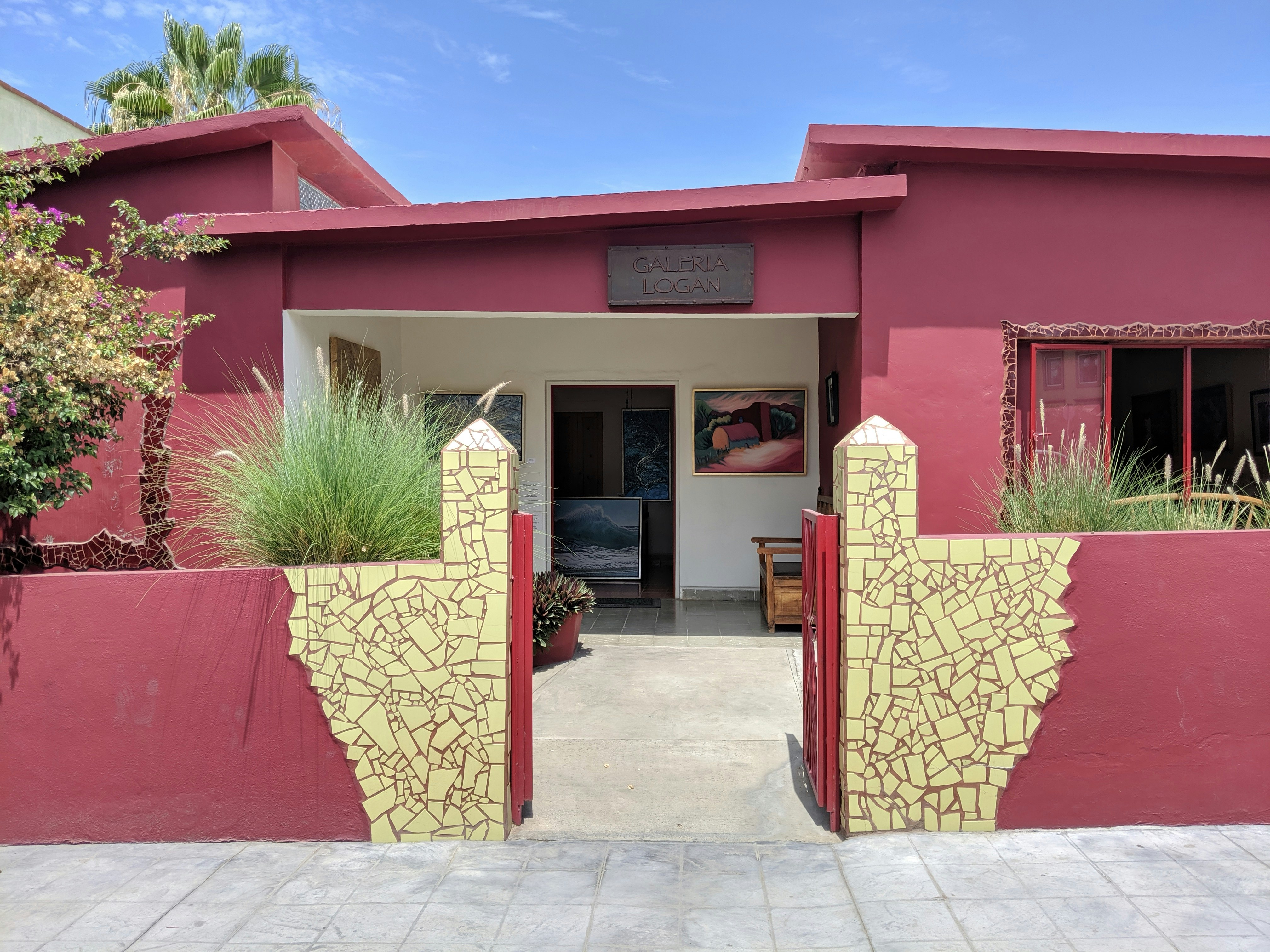
A unique culture and history
The Mayans never made it to Baja, but the region had its own indigenous peoples, including Guaycuras, Cochimí and Pericúes. The nomadic Pericúes were prevalent in Los Cabos until their demise in the 18th century due to disease and conflict brought about by European colonialists. However they didn’t go down without a fight: many Jesuit missions were destroyed or ransacked during the Pericúe Revolt in 1734, including the Mission of Santiago de los Coras. Today visitors to Santiago can see a bronze bell dating from 1721, which is rumored to have been stolen by the Pericúes, or buried by fleeing missionaries – it wasn’t rediscovered until 2004. Find out more about the region’s past at the Museum of Natural History in Cabo San Lucas.
Other missions of note include those of Todos Santos and San Jose del Cabo, but today these coastal towns are more well-known for their bohemian vibes and flourishing art scenes. Shop for Mexican handicrafts, take your pick of art galleries – Julián García Forcelledo in San Jose and Galeria Logan in Todos Santos are my favorites – or join a Thursday evening art walk in San Jose del Cabo for a cultural night out.
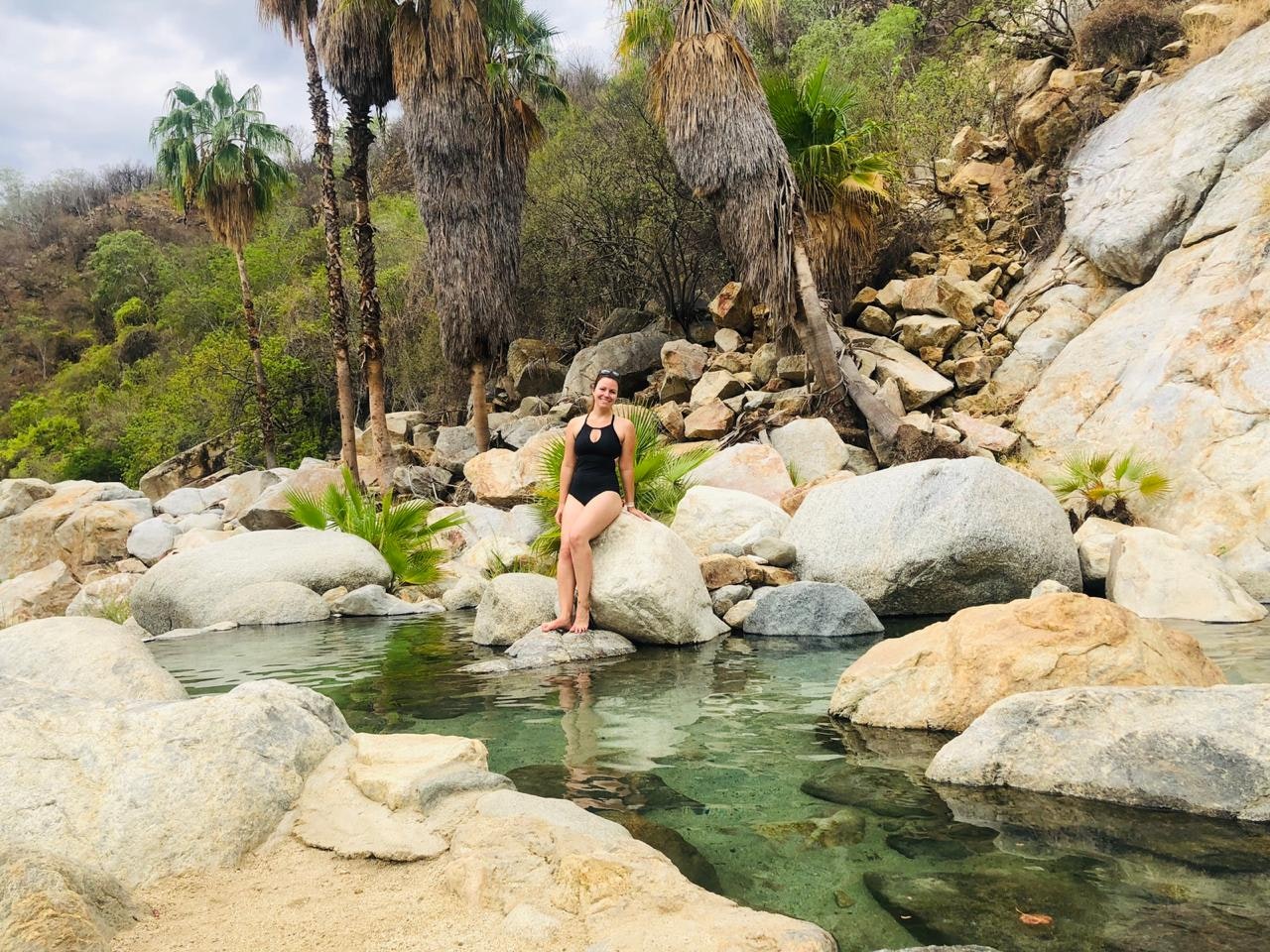
Sun salutations and spa days
A trip to Los Cabos wouldn’t be complete without a little luxury. Channel the likes of celebrity Cabo fan Jennifer Aniston with a yoga session at Baja Soul Yoga or Manoma and treat yourself to a stay at one of Los Cabos’ high-end hotels, where private plunge pools and world-class spas come as standard. Solaz resort’s Ojo de Liebre Los Cabos Spa boasts a Himalayan salt igloo, chromotherapy showers and a team of nimble-fingered masseuses ready to pummel your aches and pains away – the perfect way to recuperate from days spent chasing waterfalls, hiking through canyons and posing precariously on a paddleboard.
Getting here
Flights to Los Cabos leave daily from many US destinations. Tui are launching the first direct flights from Europe (London Gatwick) to Los Cabos International Airport from November 2019.
Emma Sparks travelled with support from the Los Cabos Tourism Board. Lonely Planet contributors do not accept freebies in exchange for positive coverage.


